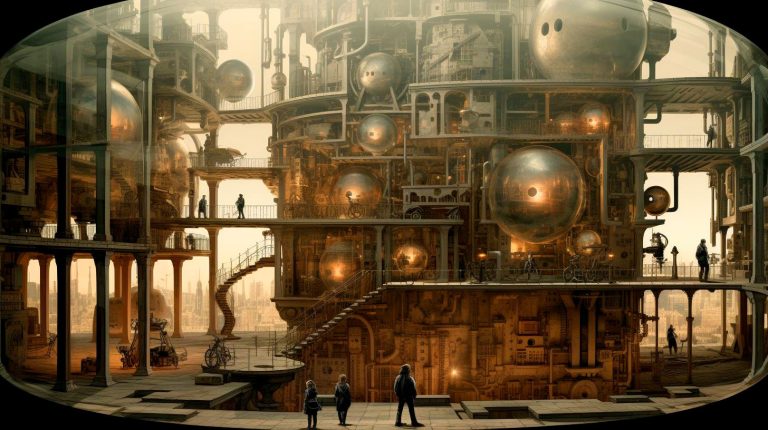Let’s explore the vital role of food photography in creating visual menus and how it can significantly impact the success of a restaurant.
The Visual Appetizer
Humans are visual beings, and we are naturally drawn to appealing images. When patrons visit a restaurant, one of the first encounters they have is with the menu. By incorporating high-quality food photography into menus, restaurants can leverage the power of visuals to stimulate customers’ appetites right from the start. It’s no secret that people eat with their eyes first, and a tantalizing image of a beautifully plated dish can make a significant impact.
The Psychology of Food Photography
Food photography is not merely a visual representation; it also has a psychological impact on customers. Images of delicious food can evoke emotional responses, triggering cravings and igniting desire. By carefully selecting appealing food photographs, restaurants can tap into emotions and create a connection with their target audience. When customers see these images, they imagine the taste, smell, and satisfaction of enjoying the dish, ultimately leading to increased sales and customer satisfaction.
The Power of Social Media
In this digital age, social media platforms such as Instagram and Facebook have become powerful marketing tools for restaurants. Beautifully captured food photographs encourage customers to share their dining experiences on social media platforms, spreading the word about the restaurant far beyond its physical location. This user-generated content acts as free advertising, attracting new customers and driving more traffic to the establishment.
Building Brand Identity
Food photography plays a crucial role in establishing a restaurant’s brand identity. Through consistent and carefully curated visuals, restaurants can convey their unique style, ambiance, and culinary expertise. High-quality food photographs help potential customers understand the essence of a restaurant, enabling them to make informed decisions about where to dine. Building a strong brand identity through food photography fosters trust, loyalty, and recognition among patrons.
Ensuring Accuracy and Transparency
Food photography in menus serves as a means of ensuring accuracy and transparency. By visually representing dishes, restaurants can provide a clear idea of what customers can expect when ordering a specific item. This eliminates any ambiguity or misunderstanding, preventing disappointments or disagreements. Honest representation through food photography builds trust, leading to positive customer experiences and ultimately repeat business.
Key Takeaways
- Visual menus incorporating food photography entice customers and increase sales.
- High-quality food photographs tap into emotions and create a connection with customers.
- Sharing food photographs on social media platforms acts as free advertising for restaurants.
- Consistent food photography helps build a strong brand identity for the restaurant.
- Food photography ensures accuracy and transparency, leading to positive customer experiences.
Conclusion
Incorporating food photography into restaurant menus has become an essential marketing strategy. It not only stimulates the appetite but also has a psychological influence on customers, encouraging them to make choices based on desire and emotion. The power of food photography extends beyond the menu, as it helps build brand identity, attracts new customers through social media sharing, and ensures accurate representation. By harnessing the potential of food photography, restaurants can captivate their audience, increase sales, and establish a strong presence in the highly competitive culinary landscape.




















+ There are no comments
Add yours